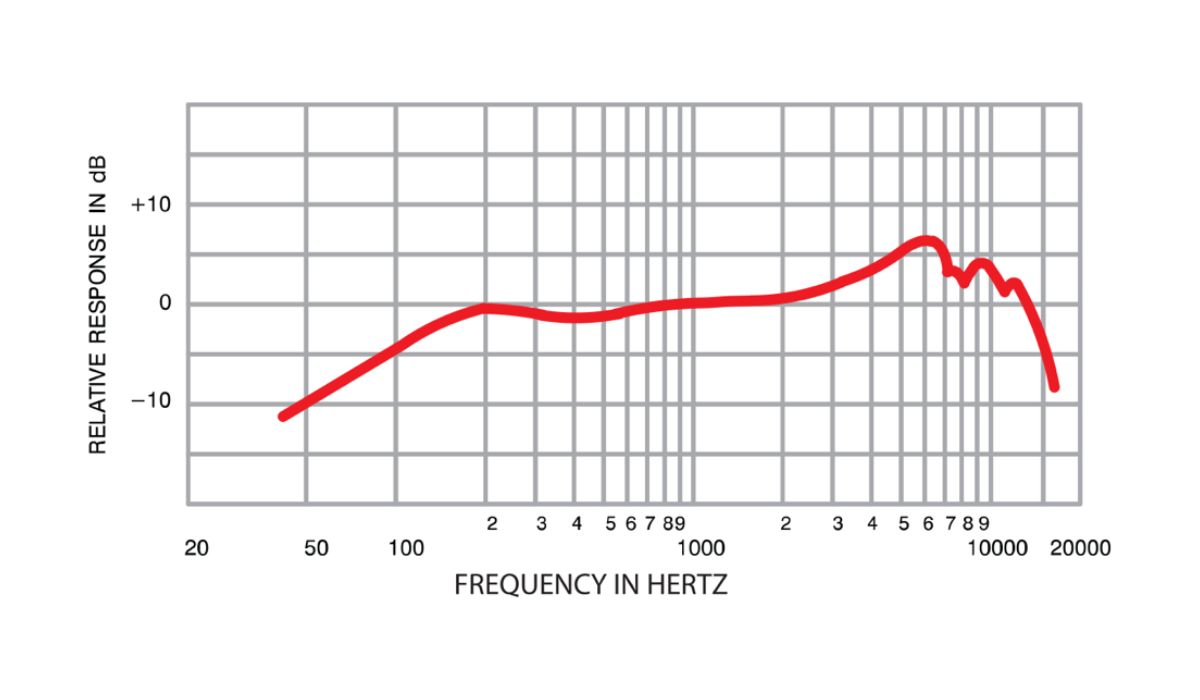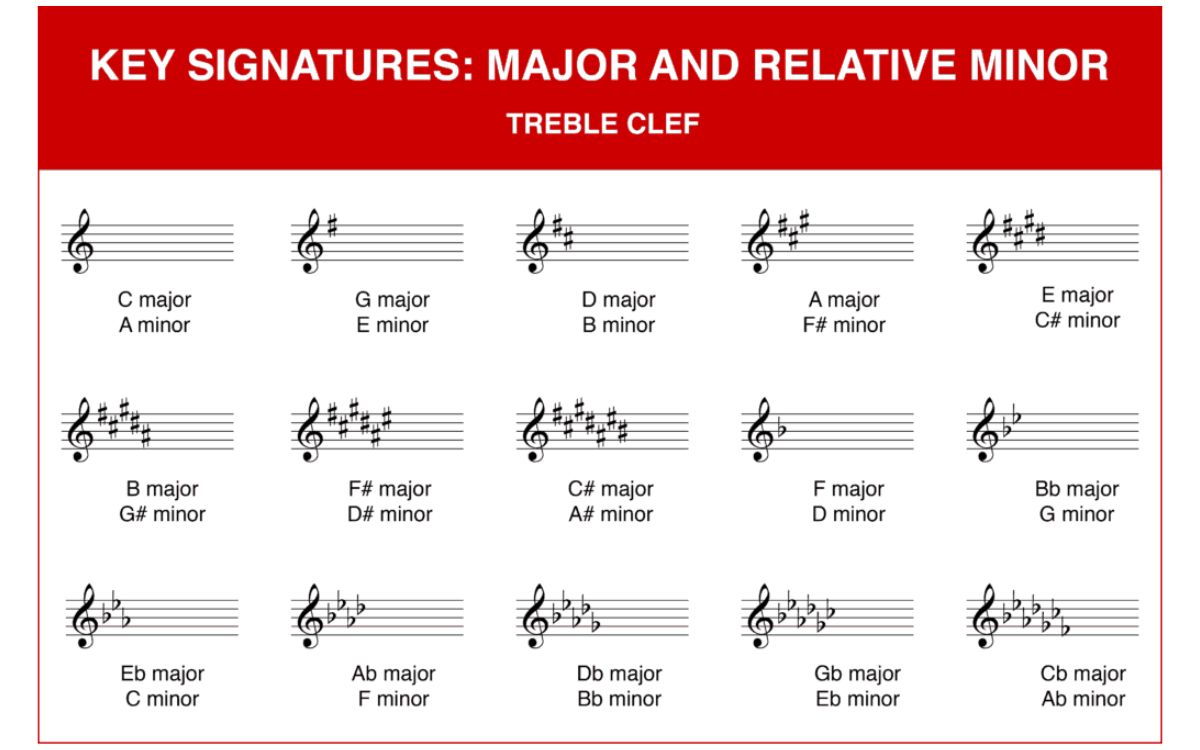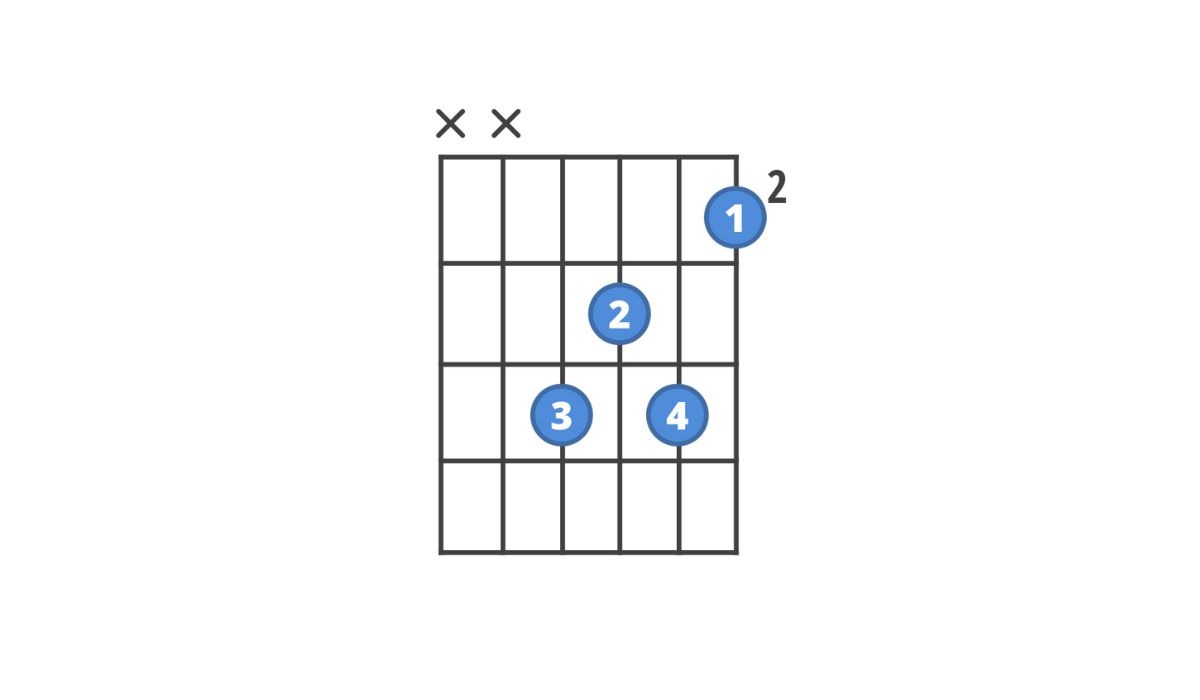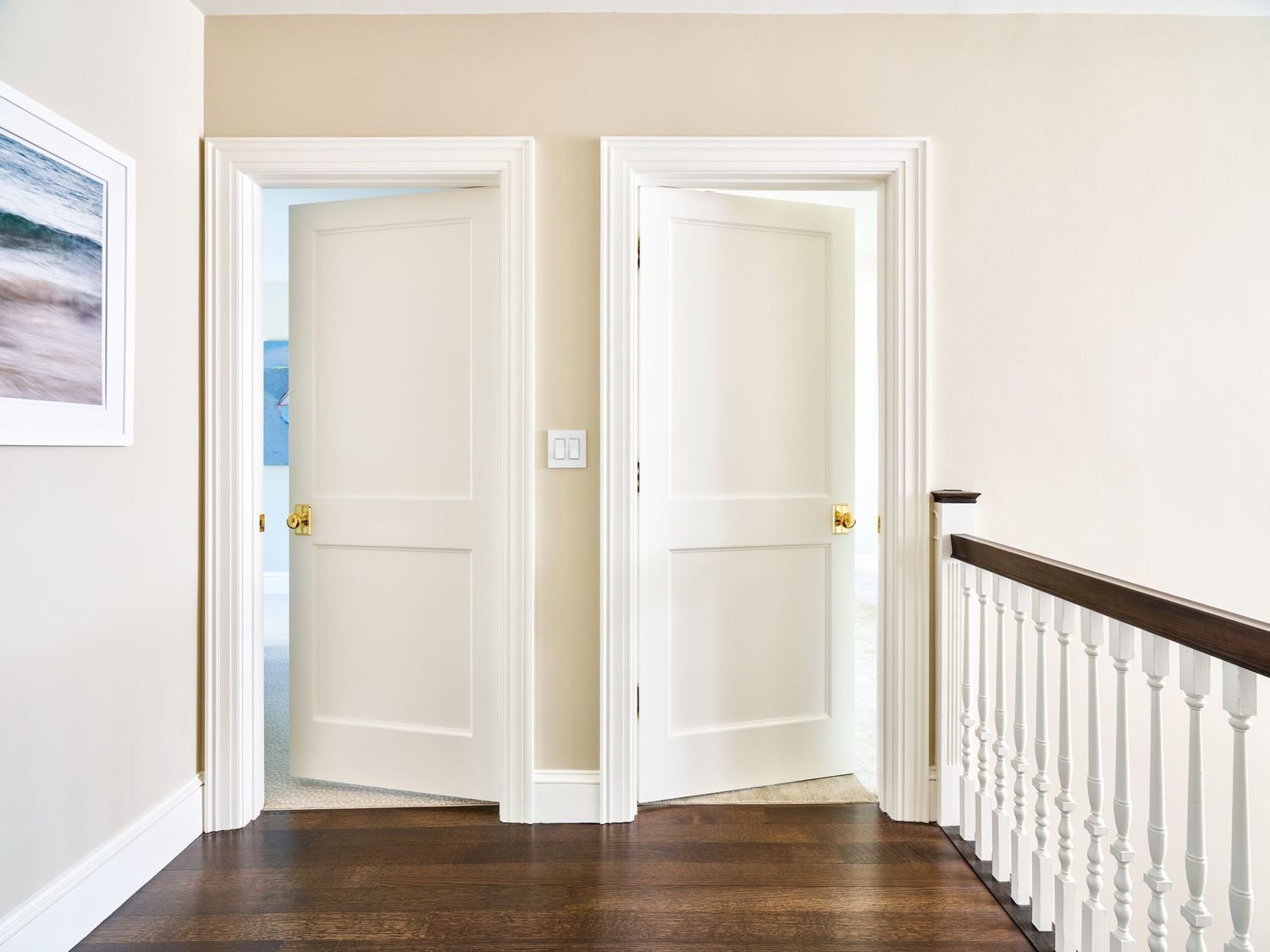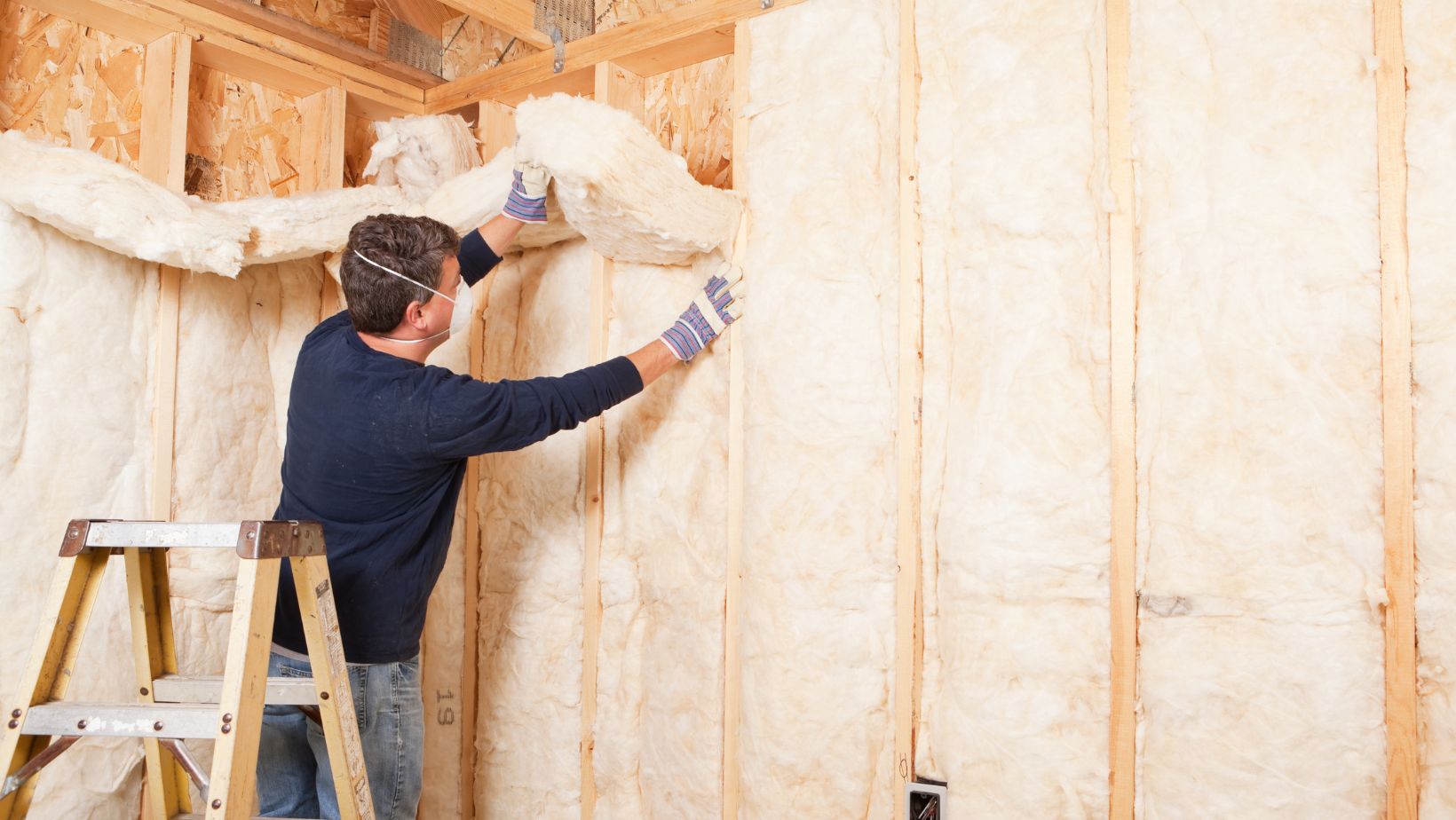Home>Production & Technology>Soundproofing>Who Is Responsible For Soundproofing Between Flats
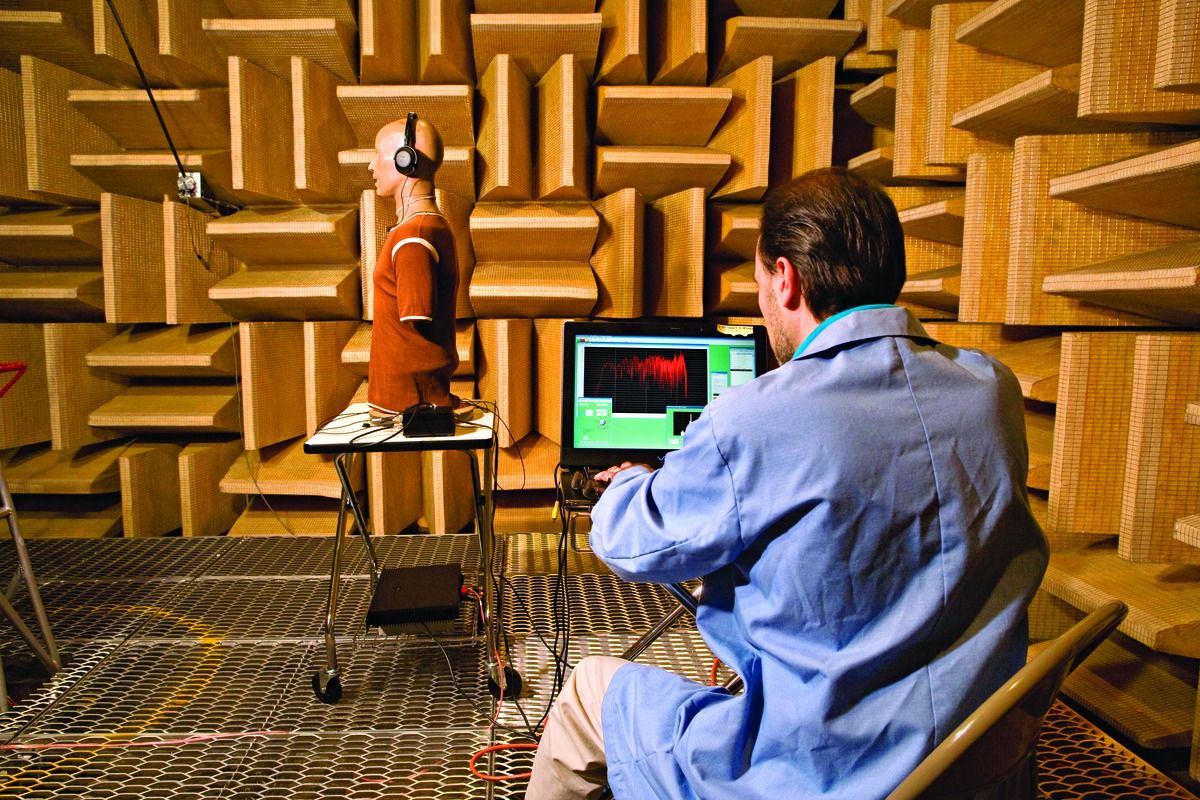

Soundproofing
Who Is Responsible For Soundproofing Between Flats
Published: January 27, 2024
Soundproofing between flats is a crucial responsibility that needs to be addressed by both tenants and landlords. Learn who is responsible for ensuring a peaceful living environment.
(Many of the links in this article redirect to a specific reviewed product. Your purchase of these products through affiliate links helps to generate commission for AudioLover.com, at no extra cost. Learn more)
Table of Contents
- Introduction
- Understanding Soundproofing Between Flats
- Responsibilities of Property Owners
- Landlord’s Obligations in Soundproofing
- Tenant’s Responsibilities in Soundproofing
- Legal Considerations and Regulations
- Noise Complaint Procedures
- Potential Solutions for Soundproofing Between Flats
- Cost Allocation for Soundproofing Measures
- Conclusion
Introduction
Living in an apartment or a multi-story building has its advantages, but it can also come with a downside – noise. The sound of footsteps, conversations, music, or even common household activities can easily travel between flats, causing disturbance and inconvenience for the residents. To address this issue, soundproofing between flats becomes essential to ensure peace and privacy.
Soundproofing is the process of reducing or eliminating unwanted noise transmission between adjacent units. It involves creating a barrier that prevents sound waves from passing through walls, ceilings, and floors. While landlords generally have a responsibility to ensure a certain level of soundproofing in their properties, tenants also play a role in maintaining a quiet living environment.
In this article, we will explore the responsibilities of property owners and tenants when it comes to soundproofing between flats. We will also discuss the legal considerations and regulations surrounding this issue, as well as potential solutions and cost allocation for implementing soundproofing measures.
Whether you’re a property owner or a tenant, understanding the importance of soundproofing and knowing who is responsible for implementing the necessary measures can make a significant difference in creating a peaceful and harmonious living environment within a multi-unit building.
Understanding Soundproofing Between Flats
Soundproofing between flats is the process of minimizing the transmission of sound waves from one unit to another. It involves implementing techniques and materials that absorb, block, or redirect sound energy, effectively reducing noise transfer and creating a more peaceful living environment.
When sound waves travel through walls, ceilings, and floors, they can easily pass from one apartment to another. This can be particularly disruptive in shared living spaces, such as apartment complexes or condominiums, where multiple residents live in close proximity to one another.
There are various factors that contribute to the level of sound transmission between flats. These include the construction materials used in the building, the design and layout of the units, the presence of soundproofing measures, and even the habits and activities of the tenants themselves.
Common noise sources that can impact soundproofing between flats include footsteps, voices, television or music volume, appliances, plumbing fixtures, and even pets. As sound waves emanate from these sources, they can vibrate through the building’s structure and travel through shared surfaces, causing disturbance in neighboring units.
To effectively soundproof between flats, it is necessary to address both airborne noise and impact noise. Airborne noise refers to sounds transmitted through the air, while impact noise refers to vibrations transmitted through solid structures. A comprehensive soundproofing solution should consider methods to mitigate both types of noise.
There are various techniques and materials that can be utilized to achieve soundproofing between flats. These include the use of sound-absorbing materials such as acoustic insulation, soundproof doors and windows, resilient channels, mass-loaded vinyl, and soundproof drywall. Additionally, the proper installation of seals and gaskets can minimize sound leakage through gaps and cracks.
It is important to note that complete sound isolation between flats is often challenging, as some levels of sound transmission are inevitable. However, with the right soundproofing measures in place, the level of noise can be significantly reduced, improving the overall comfort and quality of living for residents.
Responsibilities of Property Owners
When it comes to soundproofing between flats, property owners have specific responsibilities to ensure a reasonable level of noise reduction in their buildings. These responsibilities may vary depending on local regulations and lease agreements, but generally include the following:
- Construction Standards: Property owners are typically responsible for constructing buildings that meet certain soundproofing standards. This includes using sound-absorbing materials, installing proper insulation, and ensuring the proper design and construction of walls, floors, and ceilings to minimize noise transfer.
- Maintenance and Repair: Property owners have an obligation to maintain soundproofing features in good working condition. This includes repairing any damage to walls, floors, or ceilings that may compromise their ability to reduce sound transmission. Regular inspections should be conducted to identify any soundproofing issues and address them promptly.
- Noise Control Policies: Property owners should establish and enforce noise control policies within the building. This can involve setting quiet hours, implementing rules regarding noise-producing activities, and addressing noise complaints in a timely and effective manner.
- Building Modifications: If a tenant makes reasonable requests for soundproofing modifications, such as installing additional insulation or soundproofing materials, property owners should consider these requests and, if deemed necessary, make the modifications or allow the tenant to do so with proper approval.
- Communication and Education: Property owners should communicate with tenants about the importance of soundproofing and provide information on best practices for minimizing noise transfer. This can include guidelines on furniture placement, use of rugs or carpets, and respectful behavior within the building.
It’s important for property owners to recognize that providing adequate soundproofing between flats not only enhances the living experience for tenants but also contributes to the overall value and desirability of the property. By fulfilling their responsibilities in soundproofing, property owners can create a peaceful and harmonious living environment that benefits everyone involved.
Landlord’s Obligations in Soundproofing
As the primary owners of the property, landlords have certain obligations when it comes to soundproofing between flats. These obligations can help ensure that tenants can enjoy a reasonable level of peace and quiet in their living environments. Here are some key responsibilities that landlords should fulfill:
- Meeting Building Codes and Regulations: Landlords must comply with local building codes and regulations related to soundproofing. These codes often specify minimum requirements for noise reduction, including the use of proper insulation materials and construction techniques that minimize sound transmission.
- Providing Soundproofing Features: When constructing or renovating a property, landlords should consider incorporating soundproofing features. This may include the use of sound-absorbing materials, double-glazed windows, or installation of soundproof doors. By providing these features, landlords can proactively minimize noise transmission between flats.
- Maintaining Existing Soundproofing Measures: Landlords are responsible for the ongoing maintenance and repair of soundproofing materials and features. This ensures that the soundproofing measures remain effective and do not deteriorate over time. Regular inspections should be conducted to identify any issues or potential areas of improvement.
- Responding to Tenant Complaints: When tenants raise concerns about noise issues between flats, landlords should address these complaints promptly. It is their responsibility to investigate the source of the noise and take appropriate action to resolve the problem. This may involve contacting the responsible parties, implementing soundproofing measures, or mediating between tenants to find a mutually acceptable solution.
- Communicating Soundproofing Guidelines: Landlords should educate tenants about soundproofing guidelines and best practices. This can include providing information on noise control policies, respectful behavior within the building, and suggestions for reducing noise transfer. By fostering a culture of awareness and consideration, landlords can encourage a harmonious living environment for all occupants.
It’s important for landlords to prioritize soundproofing measures as part of their overall property management strategy. By fulfilling their obligations in soundproofing, landlords can demonstrate their commitment to tenant satisfaction and create a conducive living environment that promotes peace and tranquility.
Tenant’s Responsibilities in Soundproofing
While landlords have a significant role to play in ensuring soundproofing between flats, tenants also have responsibilities to uphold in maintaining a peaceful living environment. By being mindful of their actions and taking certain steps, tenants can contribute to reducing noise transfer and creating a more harmonious atmosphere. Here are some key responsibilities that tenants should consider:
- Respectful Behavior: Tenants should be considerate of their neighbors and avoid engaging in activities that generate excessive noise. This includes keeping music and TV volumes at a reasonable level, refraining from late-night parties or loud conversations, and being mindful of noise when moving furniture or engaging in any activities that could potentially disturb others.
- Proper Furniture Placement: Placing furniture strategically can help absorb and reduce sound waves. Tenants can consider positioning bookshelves, sofas, or other bulky items against shared walls to act as sound buffers. Additionally, using rugs or carpets on hard floors can help dampen noise transmission.
- Sealing Gaps and Cracks: Tenants should inspect their units for any gaps or cracks in windows, doors, walls, or floors and take necessary steps to seal them. This can be done using weatherstripping, caulk, or sealants to prevent sound leakage and improve soundproofing effectiveness.
- Communication with Neighbors: If a tenant experiences excessive noise from neighboring units, it is important to establish open and respectful communication to address the issue. Politely discussing concerns with neighbors can often lead to finding mutually agreeable solutions, such as adjusting noise levels or implementing additional soundproofing measures.
- Utilizing Soundproofing Solutions: Tenants can explore additional soundproofing solutions to enhance the insulation within their units. This may include using portable soundproofing panels, acoustic curtains, or soundproofing foam panels to absorb and reduce noise. However, it is essential to consult with the landlord before making any modifications or installations to ensure compliance with the lease agreement and building regulations.
By taking these responsibilities seriously, tenants can play an active role in minimizing noise transfer and promoting a more peaceful living environment for themselves and their neighbors. Cooperation and consideration among tenants are key in maintaining a harmonious community within a multi-unit building.
Legal Considerations and Regulations
When it comes to soundproofing between flats, there are certain legal considerations and regulations that both landlords and tenants should be aware of. These regulations may vary depending on the country, state, or local jurisdiction. Here are some key aspects to consider:
- Building Codes and Standards: Most jurisdictions have specific building codes and standards that address soundproofing requirements. These codes dictate minimum standards for noise reduction in residential buildings and may outline specific materials, construction techniques, or design considerations to achieve adequate sound insulation.
- Lease Agreements: Lease agreements often include provisions related to noise control and soundproofing. It is important for both landlords and tenants to carefully review and understand these clauses. Lease agreements may specify responsibilities for soundproofing, noise restrictions, and potential consequences for failing to comply.
- Tenant Rights: Tenants generally have the right to quiet enjoyment of their rented units. Landlords must take reasonable measures to address excessive noise issues that significantly disrupt a tenant’s peaceful living environment. If a landlord fails to address noise complaints adequately, tenants may have legal recourse.
- Local Noise Ordinances: Many cities or municipalities have specific noise ordinances in place to regulate noise levels. These ordinances often establish quiet hours during which excessive noise is prohibited. Tenants and landlords should familiarize themselves with these ordinances and ensure compliance.
- Dispute Resolution: In the event of disputes related to noise issues between flats, there may be local mechanisms for resolving conflicts. This may involve mediation services or seeking assistance from relevant housing or rental authorities to find a resolution that is fair and reasonable for all parties involved.
It is crucial for landlords and tenants to understand and comply with applicable legal requirements and regulations related to soundproofing. By doing so, they can mitigate disputes, create a harmonious living environment, and maintain compliance with the law.
Noise Complaint Procedures
Noise complaints between flats can arise from various sources, including loud music, excessive noise from gatherings, or disruptive activities. To address these issues in a fair and effective manner, it is important to have proper procedures in place. Here are some general steps for handling noise complaints:
- Document the Complaint: When a tenant experiences excessive noise from a neighboring unit, they should document the incidents, including the date, time, and details of the noise disturbance. This documentation will serve as evidence when addressing the complaint.
- Talk to the Neighbor: If it is safe and comfortable to do so, the affected tenant can approach the neighbor directly to discuss the noise issue. Calmly and respectfully explain the impact the noise is having and request that they minimize the disturbance.
- Notify the Landlord: If the issue persists or if the tenant is uncomfortable speaking directly to the neighbor, they should notify the landlord or property management company. Provide them with a written complaint detailing the noise problem and include any supporting evidence.
- Investigate the Issue: The landlord or property management should investigate the complaint by gathering information from both parties involved. This may involve interviewing the complainant, the neighbor, and any witnesses, and conducting inspections of the affected units to determine the extent of the noise issue.
- Mediation: In some cases, it may be helpful to engage in mediation to facilitate a constructive conversation between the parties involved. A neutral third party, such as a mediator or a representative from a local housing authority, can help facilitate communication and find a mutually agreeable solution.
- Implement Soundproofing Measures: Depending on the severity of the noise issue, the landlord may be responsible for implementing soundproofing measures, such as installing additional insulation or soundproofing materials. This can help mitigate future noise problems and improve overall sound insulation between flats.
- Legal Action: If all previous steps fail to resolve the noise issue, tenants may need to explore legal options. This may involve filing a complaint with local housing or rental authorities or seeking legal advice to determine the best course of action.
It is important for both tenants and landlords to approach noise complaints with a willingness to find a reasonable solution. Open communication, empathy, and a commitment to resolving the issue can lead to a more harmonious living environment for everyone involved.
Potential Solutions for Soundproofing Between Flats
Soundproofing between flats can significantly improve the living experience by reducing noise transfer. Here are some potential solutions that can effectively enhance soundproofing:
- Insulation: Proper insulation is crucial in soundproofing between flats. Adding insulation materials, such as acoustic insulation or mineral wool, within walls, ceilings, and floors can help absorb and block sound waves.
- Soundproofing Materials: Using sound-dampening materials can effectively minimize noise transfer. Soundproof drywall, mass-loaded vinyl, or soundproof acoustic panels can be installed on shared walls to reduce sound vibrations.
- Sealing Gaps and Cracks: Identifying and sealing any gaps or cracks in walls, windows, doors, and floors is essential for preventing sound leakage. Weatherstripping, caulk, or sealants can be used to fill these gaps and enhance soundproofing.
- Double-Glazed Windows and Solid-Core Doors: Upgrading to double-glazed or laminated windows and solid-core doors can provide better sound insulation, reducing noise transmission between flats.
- Using Rugs or Carpets: Placing rugs or carpets on floors can help absorb and dampen sound vibrations. This can be particularly effective in areas with high foot traffic or in shared spaces.
- Suspension Methods: Utilizing resilient channels or acoustic hangers can help decouple walls or ceilings, reducing structure-borne noise transfer between flats.
- Soundproofing Curtains or Blinds: Installing soundproof curtains or blinds with heavy, acoustic fabrics can help absorb sound and reduce noise penetration through windows.
- Noise-Reducing Furniture Arrangement: Rearranging furniture to create buffers against shared walls, such as bookshelves or upholstered furniture, can help absorb sound and reduce noise transmission.
- White Noise Machines or Sound Masking: Using white noise machines or sound-masking devices can help mask intrusive sounds by creating a more consistent background noise level.
- Respecting Quiet Hours: Establishing and adhering to quiet hours within the building can promote a quieter and more respectful living environment. This can involve setting guidelines for reduced noise levels during designated periods, such as evenings or early mornings.
Implementing a combination of these solutions can significantly improve soundproofing between flats, reducing noise transfer and creating a more peaceful living space for all residents.
Cost Allocation for Soundproofing Measures
When it comes to soundproofing between flats, the question of who bears the cost can sometimes arise. Generally, the responsibility for covering the expenses of soundproofing measures can vary depending on the specific circumstances, lease agreements, and local regulations. Here are some considerations regarding cost allocation:
- Initial Construction: The initial responsibility for implementing proper soundproofing measures falls on the property owner. When constructing a new building or renovating existing units, the cost of incorporating soundproofing features should be factored into the overall project budget.
- Maintenance and Repairs: Property owners are typically responsible for the regular maintenance and repairs of soundproofing features already in place. This includes ensuring the effectiveness of existing insulation materials, replacing damaged soundproof doors or windows, and addressing any deterioration over time.
- Tenant-Requested Modifications: If a tenant has specific soundproofing requirements or requests additional measures, such as installing soundproof curtains or adding insulation, the cost may be negotiated between the tenant and landlord. In some cases, the tenant may bear the expense if the modifications are solely for their benefit. Alternatively, the landlord may agree to cover the cost to comply with reasonable requests related to noise reduction.
- Shared Expenses: In certain cases, when soundproofing measures benefit multiple units or common areas within a building, the cost may be shared among all the tenants. This can be done through agreements, such as a special assessment or an increased portion of the monthly maintenance fee, to distribute the cost equitably among all residents.
- Government Incentives: In some regions, there may be government programs or incentives available to encourage soundproofing improvements in residential buildings. These programs can provide financial assistance or tax benefits to property owners who undertake soundproofing projects.
- Legal Requirements and Lease Agreements: The allocation of soundproofing costs may also be governed by local regulations and lease agreements. It is essential for both landlords and tenants to review and understand the provisions within their lease contracts or consult legal advice to determine their respective responsibilities.
Ultimately, the specific cost allocation for soundproofing measures will depend on various factors, including the nature of the improvement, the specific circumstances of the building, and any agreements reached between the landlord and tenants. Open communication and negotiation can help establish a fair and reasonable approach to cost sharing for soundproofing measures.
Conclusion
Soundproofing between flats is crucial for creating a peaceful and comfortable living environment in multi-unit buildings. By implementing soundproofing measures, both landlords and tenants can significantly reduce noise transfer and enhance the overall quality of life for residents.
Property owners have a responsibility to construct and maintain buildings that meet soundproofing standards. This includes using sound-absorbing materials, addressing any gaps or cracks, and responding promptly to noise complaints. Additionally, landlords should communicate noise control policies and educate tenants about the importance of soundproofing.
Tenants also play a role in soundproofing between flats by practicing respectful behavior, strategically arranging furniture, and notifying the landlord of any noise issues. By being mindful of noise levels and cooperating with neighbors, tenants can help create a harmonious living environment.
Understanding the legal considerations and regulations related to soundproofing is important for both landlords and tenants. Compliance with building codes, lease agreements, and local noise ordinances can help ensure a fair and peaceful living environment for all residents.
When addressing noise complaints, proper documentation, open communication, and the willingness to find mutually agreeable solutions are essential. By following established procedures and exploring potential soundproofing solutions, residents can work towards resolving noise issues effectively.
Cost allocation for soundproofing measures may vary depending on different factors, such as initial construction, maintenance, tenant modifications, and shared expenses. Negotiation and understanding of lease agreements or local regulations can help determine the fair distribution of soundproofing costs.
In conclusion, through collaboration, awareness, and adherence to soundproofing principles, both landlords and tenants can contribute to a more peaceful, enjoyable, and conducive living environment within multi-unit buildings.


